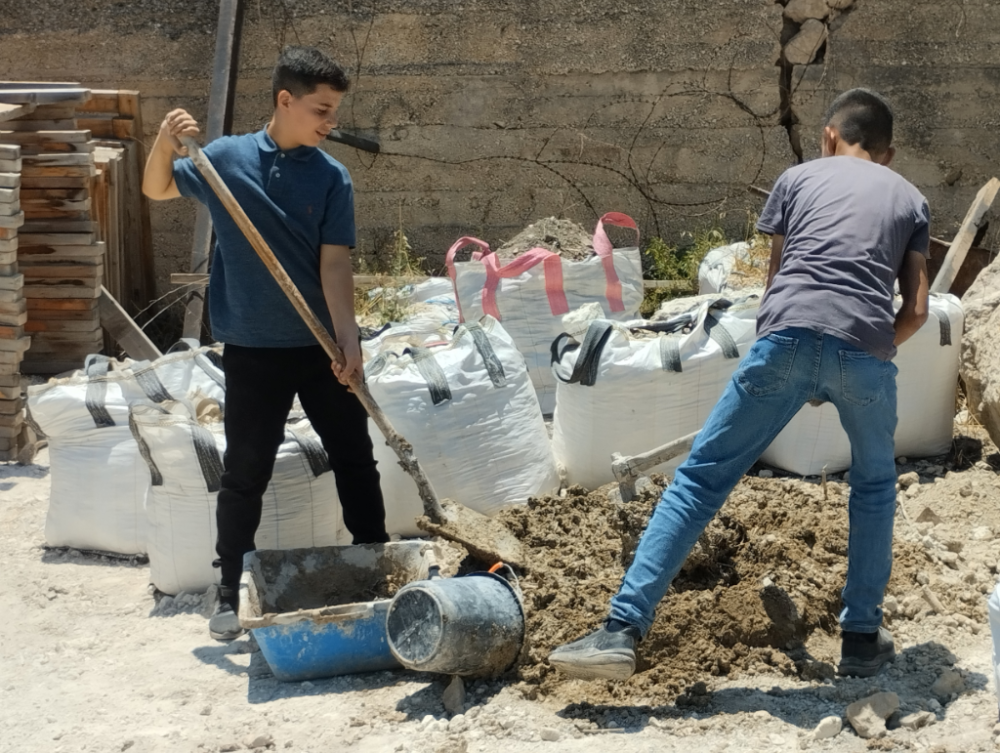"It was a wonderful experience because we taught many young people the history of this country, so that we can enhance it and – we hope – preserve it in the future". Jawad, the coordinator of the course, is happy while drawing a first assessment of these days. A project to rethink archeology, to make it known to children, to make them passionate about their cultural and artistic heritage. That is what is happening to Bethany, where Pro Terra Sancta has decided to offer a group of seventeen students (aged between 14 and 17) the opportunity to discuss a new approach to archaeology aimed not only at a greater knowledge of ceramic artifacts but also, and above all, at teaching. These are students, mostly very young girls and three students from Al-Quds University, who actively contributed to the comparison.
Genesis of the initiative
Carla Benelli, head of cultural projects at Pro Terra Sancta, explains the genesis of this important project: "We have been present in Bethany since 2016. We began working in the sanctuary of the Custody of the Franciscans, where in the fifties archaeological excavations had brought to light some remains of the Benedictine convent of the Crusader period linked to the figures of Martha and Mary - and therefore to the figure of Lazarus. This place was in a state of neglect, but owned by the Custody of the Holy Land. In 2017 we started work from there and over the years we have expanded to the historic center of the town of Bethany, around the tomb of Lazarus, also involving other institutions, especially the local University.

Development of the initiative
Over the years the initiatives have multiplied, reaching up to today. The course has deliberately limited the theoretical aspects preferring the practical ones: manipulating the clay to grasp the different characteristics of the raw material; model ceramics without using the lathe to better grasp the importance of the gestures that a craftsman must have to obtain functional artifacts; build a horizontal furnace and a pile furnace to experience the difficulties related to the firing of objects; build a wall with raw clay bricks to better understand the great ductility of the use of a raw material as simple as irreplaceable in all historical periods.
Moreover, such an approach to teaching is also successful from a "human" point of view, functional to an active and participatory involvement of all members.
A look at the future of young people
The intent was also to bring young people closer to the world of craftsmanship considered as an integral part of the Cultural Heritage of Palestine. For this reason, a series of visits to craft workshops in Hebron and the area of ancient Sebaste was concerted: the artisans demonstrated their ability to select the best clay, their mastery in turning and their knowledge. This part of the project represented a moment of reflection on the need not to lose a heritage handed down from generation to generation. It has become, therefore, of ethnoarchaeology which demonstrates a solid union between past, present and future. "We have seen how much passion the boys have put into it – concludes Jawad – and I am sure that in the end they will be increasingly involved in preserving the cultural heritage of our country that is disappearing".


















